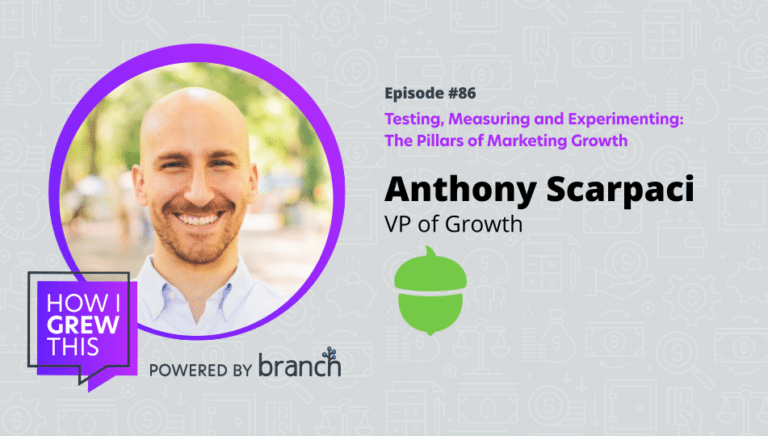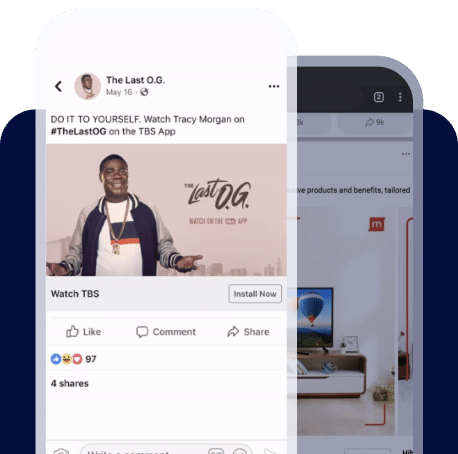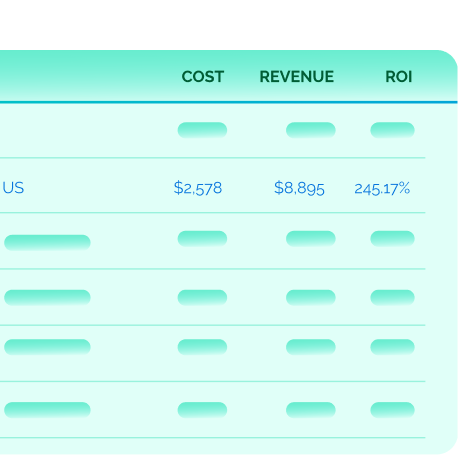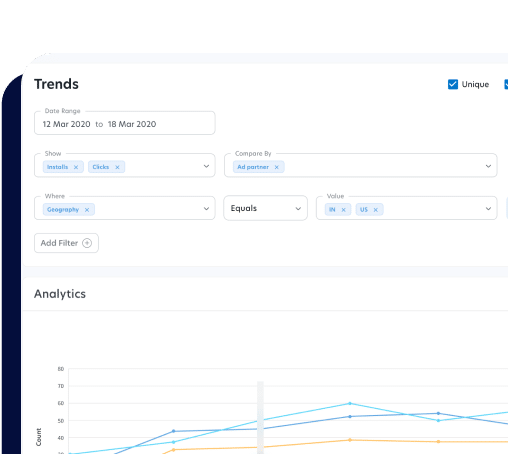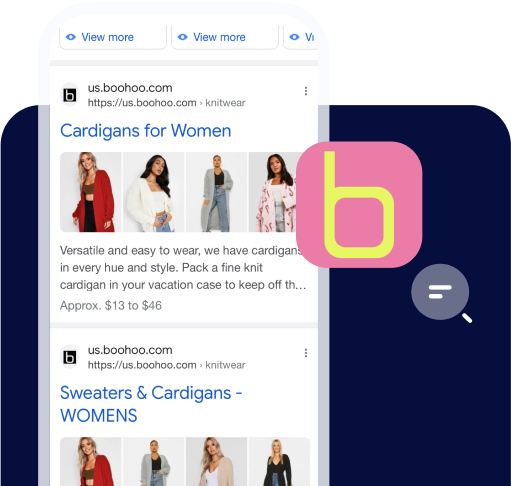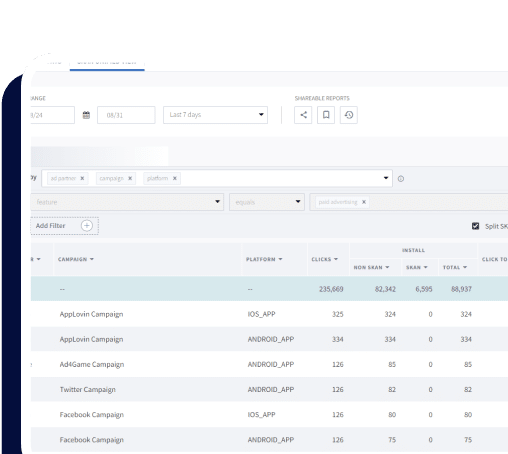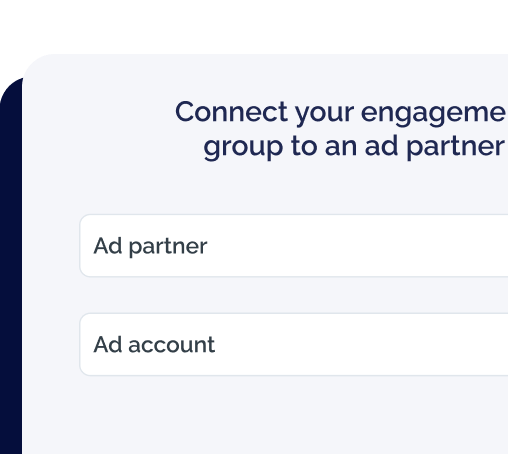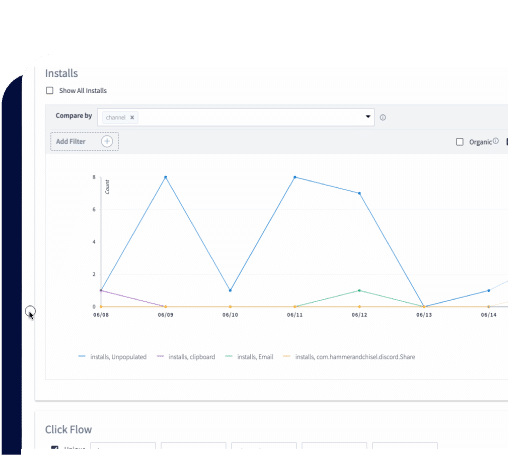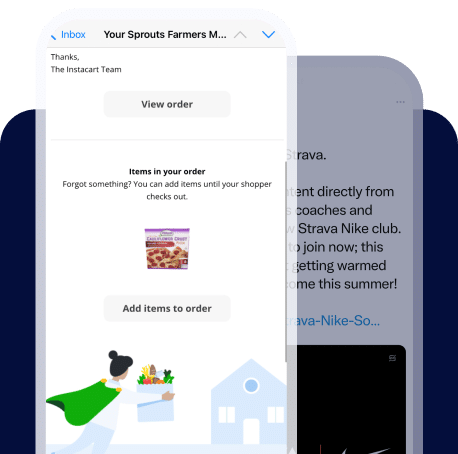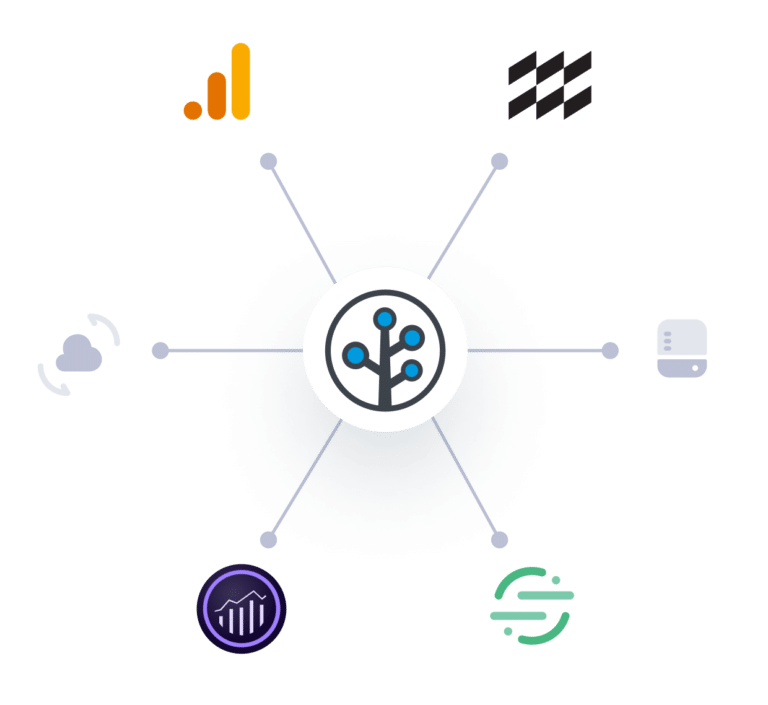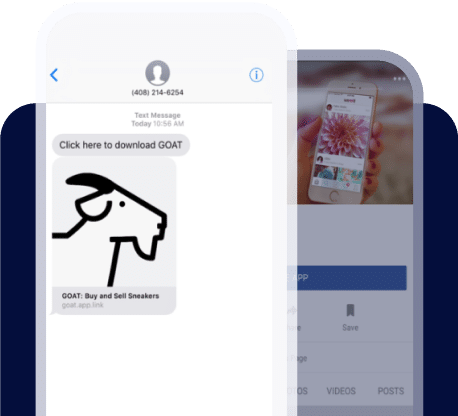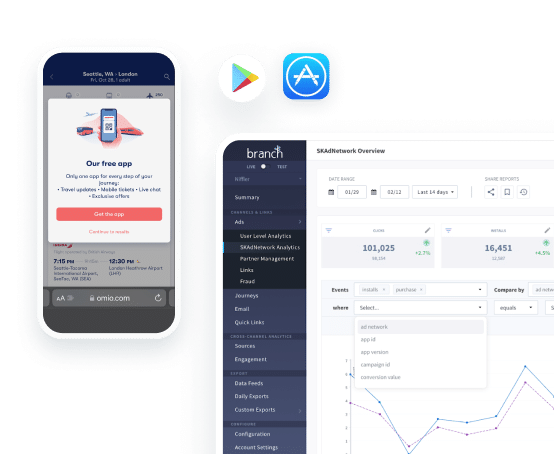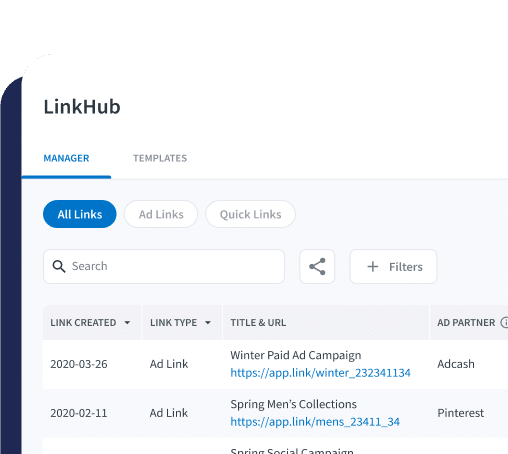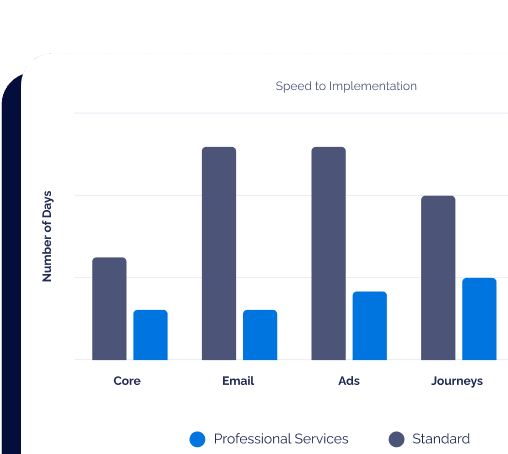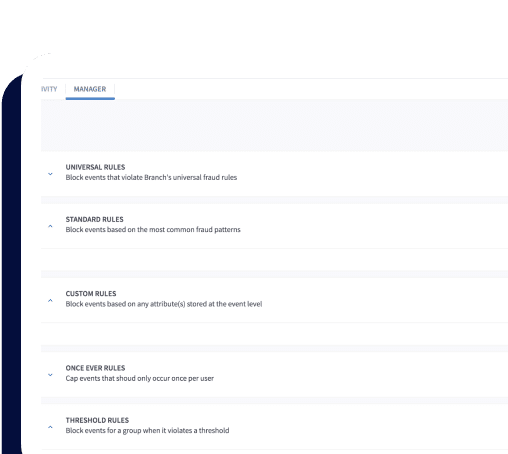INCREMENTALITY TESTING
How to measure incrementality
Measuring the success of marketing campaigns isn’t always a straightforward process. After all, how can you be certain you wouldn’t have had the same outcome if you relied on organic growth without any ad spend at all?
Marketers measure incrementality to answer that very question.
What does incrementality mean?
Simply put, incrementality means determining whether or not specific marketing tactics and ad campaigns made a true impact on achieving marketing objectives for your target audience. Mobile marketers and advertisers use incrementality to determine if their marketing strategy had a quantifiable difference on their conversion rates, engagement, retention rates, and other KPIs.
Incrementality is a data-driven approach. It involves collecting a wide range of information on touchpoints, such as ad impressions, installs, downloads, clicks, website visits, and other engagement metrics to provide an accurate look at the effectiveness of individual marketing efforts.
Armed with data about incremental impact, marketers can answer questions like:
- Did my marketing campaign have a quantifiable impact?
- Which media channels should I use?
- Are my marketing efforts cannibalizing each other?
- How should I allocate my marketing spend to achieve my desired outcomes?
The importance of incrementality testing
With the key data in hand, it’s time for incrementality testing.
Traditionally, this involved marketers taking a closer look at two groups: one test group that interacted with a specific marketing activity and a second control group that didn’t. By conducting a simple A/B test using the following formula, marketers could figure out if the marketing tactic resulted in a different outcome than the control group.
Incrementality formula
For example, if you displayed a TikTok app install campaign to 100 users and 10 of them downloaded your app, your test group conversion rate would be 10%. If only three users in the control group downloaded the app, the control group conversion rate would be 3%. By plugging these values into the formula, we can calculate incrementality.
A/B testing provided marketers with objective evidence about whether a marketing tactic added value to a marketing strategy or not. However, this approach required a significant amount of manual work and got increasingly complicated in today’s privacy-centric world.
While A/B testing with test and control groups is still technically valid, it’s a bit of an oversimplification given the complexity of today’s marketing landscape. Now, modern methods involve advanced statistical techniques like regression analysis to provide more accurate depictions of incremental impact. Marketers can also use dedicated incrementality testing software to automate the process and incorporate a broader set of variables.
By taking out the guesswork, incrementality measurement enables brands to optimize their advertising spend so they’re investing in marketing activities that make a meaningful — and measurable — impact on the bottom line.
Through this data-driven approach, marketers and advertisers save time and money by investing only in the activities that add value. It also fosters an environment that normalizes continuous improvement about decision-making and helps teams gain a competitive advantage in a crowded playing field.
Understanding incremental lift
Through incrementality testing, marketers gain insight into incremental lift, which is the boost in performance generated by a marketing activity or campaign. Measuring incremental lift involves closely comparing data sets to determine the incrementality lift calculation. By analyzing the difference in metrics among test groups, advertisers gain direct insight into what’s working and what isn’t.
For example, marketers may learn that their email marketing didn’t move the needle but their in-app ads and influencer campaign did. This information enables them to be nimble and refine their plans as real-time insights become available. By putting their budget, time, and energy toward winning tactics, they can eventually — and incrementally — optimize entire campaigns to achieve the best possible return on ad spend (ROAS).
Leveraging incremental lift with MMM and MTA
Incremental lift can be used in conjunction with other measurement models to optimize digital marketing. For example, media mix modeling (MMM), also known as marketing mix modeling, uses algorithms to analyze the impact marketing channels have on sales and other KPIs. In contrast, multi-touch attribution (MTA) gives credit to specific marketing touchpoints on a customer’s journey to conversion.
| Incrementality | Media mix modeling | Multi-touch attribution | |
| Purpose | Measure the incremental impact of specific marketing campaigns or activities | Understand the overall impact of marketing activities and channels on revenue and sales | Understand how individual marketing touchpoints contribute to conversions |
| Measurement | Use test and control groups to determine incremental effect of a campaign | Use statistical models to analyze historical data and forecast future performance | Assign values to individual touchpoints based on predetermined methodology (last-touch, linear decay, etc.) |
| Benefit | Gain a clear understanding the impact of individual marketing activities | Determine the optimal mix of marketing channels and budget allocation to achieve business outcomes | Identify which touchpoints are most influential in driving specific conversions |
Used together with incrementality, MMM and MTA give marketers far-reaching insights they can use to stay relevant in a rapidly changing digital market while achieving the greatest possible return on investment.
Ready to optimize your campaigns?
Guide to Attribution Windows: What They Are and How They Work
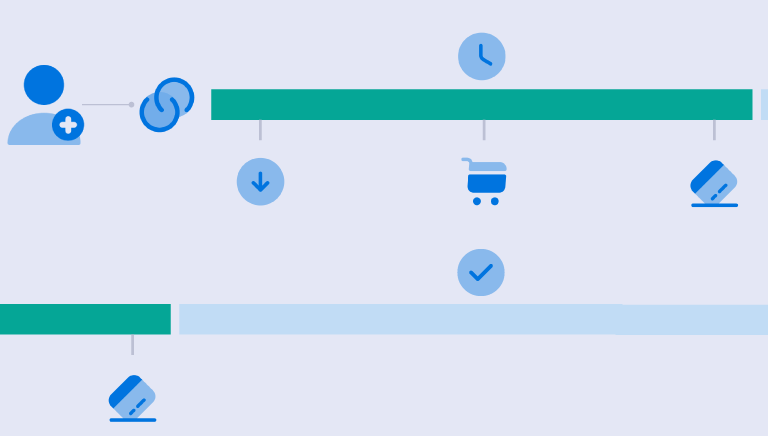
How Do I Choose a Mobile Analytics Tool?

VP of Growth at Acorns: Anthony Scarpaci - Testing, Measurement, and Incrementality: The Pillars of Marketing Growth
